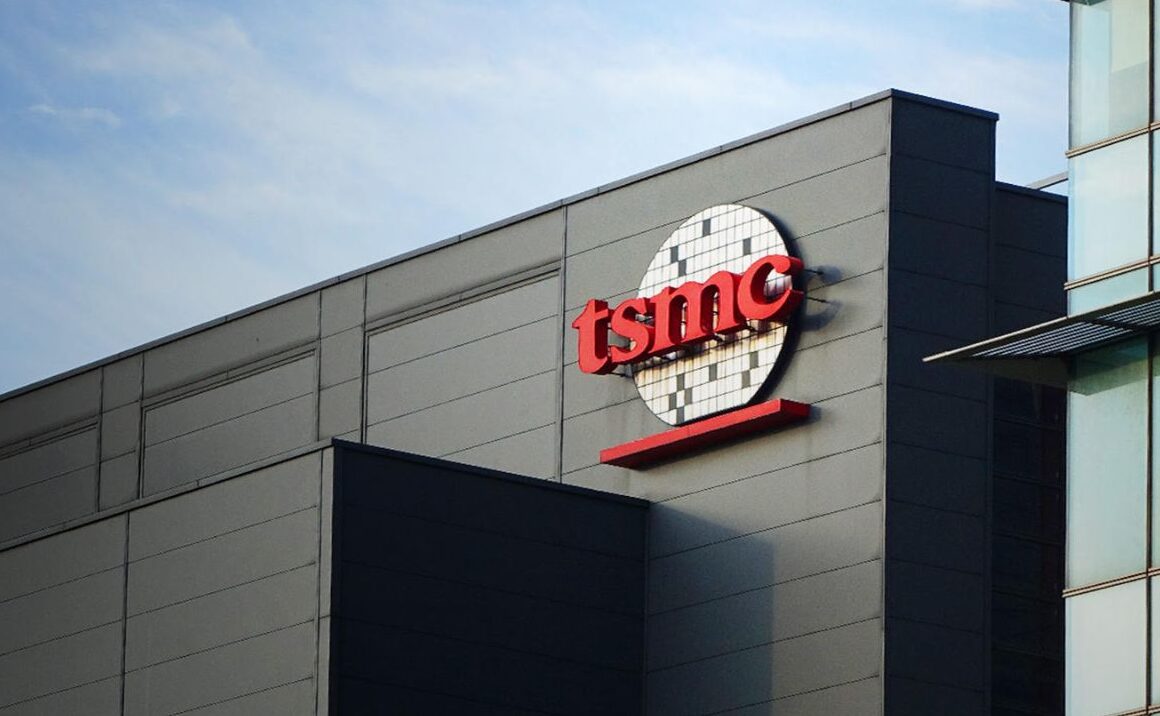TSMC, the world’s largest contract chipmaker, surprised the industry by putting its second plant in Japan on hold and channeling that money into America. Earlier this spring, the company invested over 65 billion dollars into building a trio of fabs in Arizona. And now it will continue to spend even more dollars at those American sites before resuming operations in Japan. The move is a reaction to rising concerns about potential import tariffs and global attempts to get chip supply closer to the end markets.
It costs billions of dollars and takes years to construct a new factory, and with American trade policy being up for debate, such as raising duties on semiconductors, TSMC leaders decided to accelerate stateside development first. By heavily investing in Arizona, they shut the door on any possibility of American import duty and are meeting government incentives to keep key technology in-house. In turn, Japan’s new plant outside Osaka will wait until world trade rules are clearer.
This move has far‑reaching implications. For the United States, extra domestic chip capacity means greater supply chain resilience, and it sends a signal to other chipmakers that making advanced nodes in America is economically viable and makes policy sense too. Arizona’s plants will be focused on the most advanced 3‑nanometer process technology, driving data centers and high‑performance computing customers in Silicon Valley and beyond.
Japan’s semiconductor ambitions are thwarted. Tokyo had placed over 8 billion dollars in tax breaks and grants on the table to entice TSMC’s follow-on fab. Those are still available but come with a timing problem. Locally based suppliers and equipment vendors must wait longer for orders, and regional clusters around large universities and research centers will slow down. Japan may need to enhance subsidies or ease clearances if it wishes to equalize competing investment destinations.
Beyond U.S. and Japanese coasts, Europe is in TSMC’s sights as its third anchor of global presence. Its planned 5-nanometer fab in Germany will be on stream by 2027, going after the continent’s auto and industrial markets. By having its production on three continents, TSMC hedge bets against geopolitical shock and exchange rate volatility while giving customers shorter lead times and multilogistics diversity.
Analysts note that semiconductor design today relies as much on policy as on cost. A chip factory in Taiwan may be less expensive to build than one in Arizona, but if trade barriers require higher tariffs or local data processing requirements, the calculus changes. Regional incentives, worker training programs, and power supply contracts all factor into the ultimate decision.
For governments and businesses on the heels of TSMC, the message is clear. Liberal trade terms and robust local support can tip the balance in locking up new fabs. Locations that move quickly to pass chip-friendly legislation, from talent visas to tax credits, position themselves to capitalize on the next wave of semiconductor growth.
With TSMC pushing ahead with its U.S. expansion, equipment makers and builders are already mobilizing. Local towns surrounding Arizona locations are gearing up for a flood of high tech employment and supporting industries. Universities are adding chip design courses, and power companies are reinforcing grids to carry the enormous electricity loads of around the clock manufacturing.
Japanese officials are in talks with TSMC and local partners to rework the project timeline. If they can assure streamlined permitting and additional funding, work on the delayed factory could restart in a year. Meanwhile, the world map of semiconductors is in limbo, with America comfortably at the top of TSMC’s wish list.
Companies dependent on advanced semiconductors, ranging from carmakers to cloud firms, will track developments closely. The Americans’ focus on 3-nanometer capacity would ease supply constraints but would also change the price equation. For Europe and Japan, the race starts to ensure their fabs come onstream without delay.
TSMC’s decision to decelerate in Japan and double down on the U.S. shows how subsidy and trade policy now drive the semiconductor industry as much as technical competence or price competitiveness. Those regions that have clean regulations, funds to back them, and top-quality talent are well-placed to capture the factories that will power the AI and high-performance computing innovations of the future.
Look at our Tech page for more about global semiconductor strategies and investment trends.



